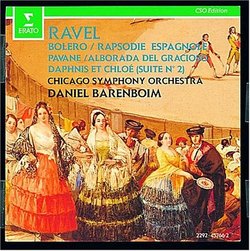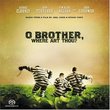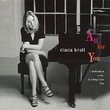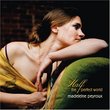| All Artists: Maurice Ravel, Daniel Barenboim, Chicago Symphony Orchestra Title: Ravel: Bolero; Rapsodie Espagnole; Pavane; Alborada del Gracioso; Daphnis et Chloe, Suite no. 2 Members Wishing: 0 Total Copies: 0 Label: Erato Release Date: 10/13/1992 Genre: Classical Styles: Historical Periods, Modern, 20th, & 21st Century Number of Discs: 1 SwapaCD Credits: 1 UPC: 022924576621 |
Search - Maurice Ravel, Daniel Barenboim, Chicago Symphony Orchestra :: Ravel: Bolero; Rapsodie Espagnole; Pavane; Alborada del Gracioso; Daphnis et Chloe, Suite no. 2
CD DetailsSimilarly Requested CDs
|
CD ReviewsAuthoratative Ravel Damien Bradley | Santa Cruz, CA USA | 08/29/2000 (5 out of 5 stars) "This disc is a collection of Some of Ravel's best and most famous works for orcestra: Suite no. 2 of Daphnis et Chloe, Rhapsodie Espagnole, Pavane, Alborada del Gracioso, and, of course, Bolero.Daphnis et Chloe started out as a full ballet with an orchestra and choir. The ballet itself was never very popular, but the last part of the music (with or without the voices), also known as Suite no. 2, has had continuing success. It starts out with the most amazing musical representation of dawn I have ever heard, moves into a long flute solo (beautifully played here by Donald Peck), then into a boisterous dance in 5/4 meter. The subtleties of the music here are excellently captured by Barenboim; it is clear simply in this first track that he is a conductor very sensitive to the music.Next comes Rhapsodie Espagnole, or Spanish Rhapsody. The prelude, with its constant overlay of E D# C# C is followed by the wonderfully spanish sounding Malagueña. Then comes a pensive Habanera, then the dance-like Feria. The whole Rhapsody is performed with precision.My favorite tracks on the disc follow. First is the exquisite Pavane pour une Infante Defunte (Pavane for a Dead Princess). Pavane, as most of Ravel's orchestral pieces, started out as a piece for piano. He wrote it while he was somewhat young, and it became a worldwide favorite, which it should have. Toward the end of his career freed it to the orchestra. The orchestral version is twice as exquisite as the original, and here is presented with such delicacy and pathos that it is not to be missed.Next is a piece that began life in a piano suite entitled "Miroirs", Alborada del Gracioso, which in Spanish roughly means "The Comedian's morning song". This piece, like the Malagueña of the Rhapsody, sounds so delightfully Spanish with its triplets and rhythms that it makes you want get up and move. Barenboim's interpretation stays on tempo and the entirity of the fast sections simply dance in themselves and not a note is missed, even in the impossible repeated triplets (which are especially hard for pianists playing the original, such as myself). The slow section is wonderfully melancholic and the ending makes one fully aware as to why the piece has the title it does.Finally comes the famous Bolero. Ravel supposedly said once, "I have written one masterpiece, Bolero, only it contains no music." The piece is a continuous repetition of two melodies, one diatonic, one not, gradually growing louder and louder and more fully instrumentated till the ending. The gradual increase here is, as is the entire disc, excellently executed. Barenboim and the Chicago Symphony Orchestra have made an excellent collection of pieces from an excellent composer. Any Ravel enthusiast should buy this disc."
|


 Track Listings (8) - Disc #1
Track Listings (8) - Disc #1








